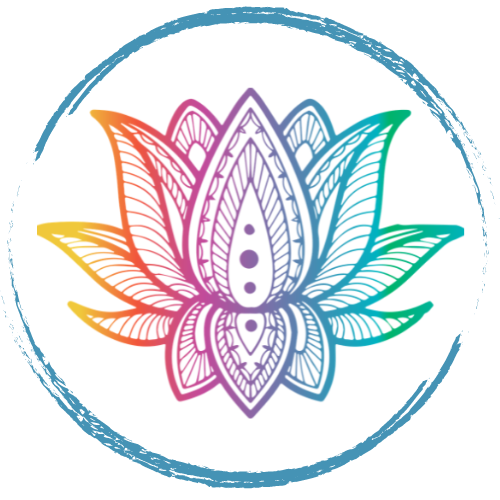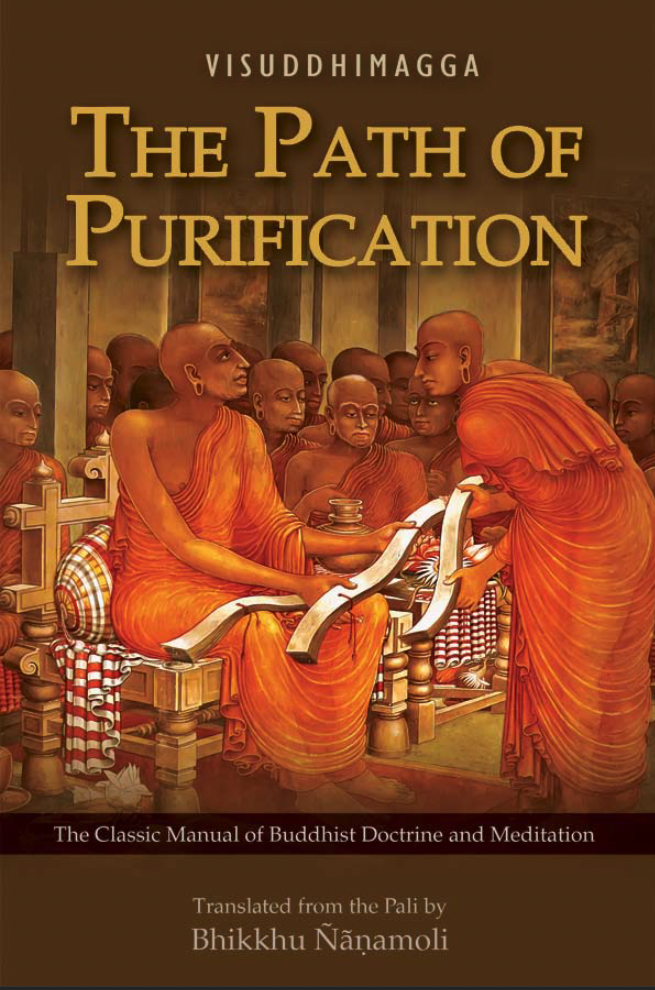Other Notable Authors’ Writings
Tiantai Buddhism - Stanford Encyclopedia of Philosophy - Professor Brook Ziporyn, University of Chicago
Tiantai is the name of a mountain and surrounding geographical location in China, literally meaning “platform of the sky”, but the term is traditionally used to denote a particular school of Mahāyāna Buddhism with historical connections to that locale. In this article, the term “Tiantai” will be used to refer to the philosophical ideas developed from the sixth to eleventh centuries by this school, as expounded in the writings of its three most representative figures: Tiantai Zhiyi (538–597), Jingxi Zhanran (711–782) and Siming Zhili (960–1028).
Tsuganari Kubo
Noted scholar and practitioner of the Lotus Sutra. He did the Lotus Sutra translation for the BDK/Numata and was a former president of Reiyukai. These chapters are from one of his out-of-print books on practicing the Lotus Sutra and can be found on his web-site: http://www.kokoronokai-international.com/WhatDeosTheLotusSutraSay-.html
He writes: “I am now over 70 years old, and I have been reading the Lotus Sutra and living my life in relation to it from my childhood until today. The Lotus Sutra advocates “the liberation of all human beings.” That liberation, however, is not advocated through any divinity. What, then, does “the liberation of all human beings” actually mean? How is it experienced? If the liberation in the Lotus Sutra is not promoted through a divinity, what is the essence of such liberation and how does the Lotus Sutra inspire it? In this writing, I would like to explore in detail the kind of liberation that the Lotus Sutra offers.”
Comparing Nichiren Shu, Nichiren Shoshu and SGI
Rev. Tarabini explains some fundamental similarities and differences between 1)Nichiren Shu (and most other basic Nichiren Schools), 2) Nichiren Shoshu and 3) the Soka Gakkai. In just one simple e-mail, however, I cannot possibly explain all the similarities and differences. I must point however, that they are all believers of the Lotus Sutra, recite this sutra and chant the Odaimoku of Namu Myoho Renge Kyo. Furthermore, all read the sacred writings of Nichiren Daishonin (called Gosho or Goibun). Within Nichiren Buddhism, there are a number of lineage's and schools which have derived from the original temples established by the six senior most or principle disciples of Nichiren Daishonin.
In Nichiren Buddhism, there are 2 basic divisions - the "Itchi" and "Shoretsu lineages. From here, other sub-divisions and movements grew and developed, such as the Happon-ha (Eight Volumes lineage), the Fuju Fuse (Don't receive from nor give alms to non believers lineage) and others.
A Greater Awakening
The Lotus Sutra puts all Buddhist practitioners on the way to Buddhahood.
By Jan Nattier
Tricycle – The Buddhist Review Magazine
Spring 2006
Meditation Symbols in Eastern and Western Mysticism: Mysteries of the Mandala
Meditation Symbols in Eastern and western Mysticism: Mysteries of the Mandala by MAnly P. Hall, D.LITT
Excerpt from Chapter V, The Lotus sutra and Its Mandala, plus link to full book.
The DEvelopment of Kaji Kito in Nichiren Shu Buddhism
An excellent thesis from Kyomi J. Igarashi on the history and development of Kaji Kito - esoteric magical practices - in Nichiren Buddhism.
Igarashi, Kyomi J., "The Development of Kaji Kito in Nichiren Shu Buddhism" (2012). Honors Thesis Collection.
Jacqueline I. Stone
Considered one of the preeminent Western scholars on Nichiren Buddhism. Jacqueline I. Stone received her Ph.D. from the University of California, Los Angeles, in East Asian Languages and Cultures, with a focus in Buddhist Studies. She is now Professor of Japanese Religions in the Religion Department of Princeton University. Her major research field is Japanese Buddhism. Her research interests include death in Buddhism; Buddhist eschatology; Buddhism and Japanese identity formation in the medieval and modern periods; and traditions related to the Lotus Sūtra, especially Tendai and Nichiren Buddhism.
Inclusive and Exclusive Perspectives on the One Vehicle
Debates over interpretations of the Lotus Sutra have continued for centuries. Dr. Stone examines some aspects of both sides of the controversy that she finds thought-provoking, particularly for those dedicated to interfaith dialogue.
Excerpt: ”There may be no way to reconcile these two perspectives. But then, perhaps we do not need to. Perhaps tension between them can be made to work in a constructive way. Whether we ourselves understand the message of the Lotus Sutra to be inclusive or exclusive, an awareness that Buddhists before us have debated this issue of many centuries may help us define our personal stance in a clearsighted rather than dogmatically attached fashion, giving play to its strengths while avoiding its potential pitfalls.”
Professor Lucia Dolce, Ph.D.
Criticism and Appropriation: Nichiren’s Attitude toward Esoteric Buddhism, Japanese Journal of Religious Studies 1999 26/3–4
The Vagus nerve is the longest nerve in the body.
Chanting really works!
The Vagus nerve is the longest nerve in the body. It originates in the brain and travels all the way down to the lower internal organs. It is a fundamental regulator of the parasympathetic nervous system, which controls all the involuntary processes such as digestion, heartbeat, respiration, etc. and is responsible for restoring relaxation after a response to stress or danger (the sympathetic nervous system’s activation).
Access to Insight
Readings in Theravada Buddhism. Modern translations of more than 1,000 important sutras from the Pali canon, indexed by sutra, subject, proper name, simile, translator, and DN/MN/SN/AN/KN
Bukkyo Dendo Kyokai - BDK America
Bukkyo Dendo Kyokai (Society for the Promotion of Buddhism, hereafter BDK) was established as an incorporated foundation in December, 1965 by the late Rev. Dr. Yehan Numata (1897-1994), the founder of Mitutoyo Corporation, and his Dharma friends.
BDK’s mission is to contribute the advancement and improvement of human welfare and world peace by promoting the Buddhist essences of compassion, interconnectedness, culture and research that are the foundation of Japanese culture. BDK desires to provide a modern interpretation of the Buddha’s teaching and to create a more compassionate humanity through its global educational programs, and working towards contributing to the advancement of modern society. In order to achieve these purposes, BDK is actively involved in the following:
BDK develops and supports various activities both domestically and internationally such as: Translation, publication and world-wide distribution of The Teaching of Buddha book, Translation and publication of an English edition of the Chinese Tripitaka.
The definitive Theravada meditation text, which along with the Mahayana “Great Calming and Contemplation” by Grand Master T’ien-t’ai provides complete instruction in Buddhist meditation. All Buddhist meditation today derives from these two texts.
The Path of Purification (Visuddhimagga)
by Bhadantácariya Buddhaghosa
Translated from the Pali by Bhikkhu Ñáóamoli
Terms of use: Copyright revised, third, online edition. Copyright © 2011 Buddhist Publication Society. You may redistribute this PDF file in an unaltered form provided that: (1) you must only make such unaltered PDF copies available free of charge; (2) you clearly indicate that any passages of this work reproduced into other publications (printed as well as digital) are derived from this source document. Otherwise, all rights reserved.










